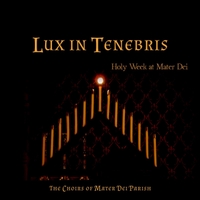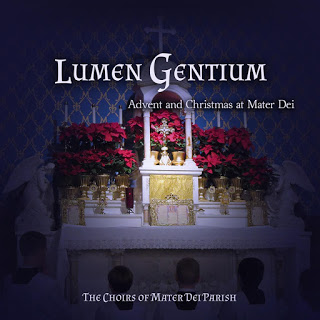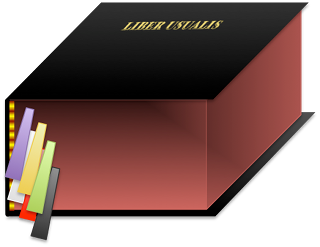This past Sunday, Palm Sunday, marked the beginning of Holy Week. Tonight’s Tenebrae marks the beginning of the Sacred Triduum (technically the Sacred Triduum begins tomorrow, on Maundy Thursday, but tonight we sing the anticipatory Maundy Thursday Tenebrae service, so for us it sort of begins this evening 🙂 ).
Tenebrae is an ancient liturgy celebrated in darkness (usually in the early morning hours, but we are doing it the evening prior). It is entirely sung, and can be a mix of chant and polyphony (or all chant). After each of the psalms are concluded, one of the candles on the Tenebrae hearse is extinguished until only one remains (representing Christ). The six altar candles are extinguished during the Benedictus, and any remaining lights in the church are also put out. The last candle is hidden behind the altar, signifying Christ’s death upon the Cross – this leaves the church in total darkness. The strepitus (“great noise”) is then made by slamming books, banging a hand against a pew, or stomping on the floor. This “great noise” symbolizes the chaos in a world without Christ. After the “great noise” the candle representing Christ is brought out from behind the altar and is placed at the top position of the hearse, and all leave the church in silence.
Tenebrae is a striking liturgy, one could almost say quite unlike any other liturgy you will see during the rest of the liturgical year. If you are able to attend a Tenebrae service, I highly encourage you to go! (As a side logistical note, Tenebrae is a long service, usually 1.5-2.5 hours long, and therefore usually not small-children friendly.) If you’re not able to attend in person, the next best thing is to listen to a recording. At this link you will find live recordings of our parish’s Tenebrae services from several years ago (Maundy Thursday and Holy Saturday’s Tenebrae services).
The featured image is of our parish’s Tenebrae hearse (the triangular candle holder used during the Tenebrae liturgy).




